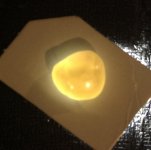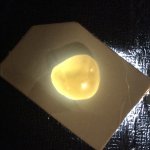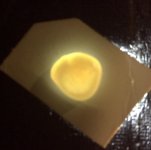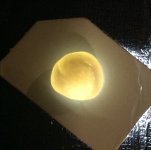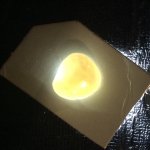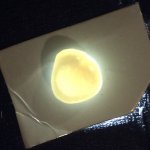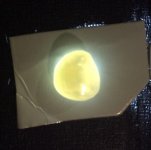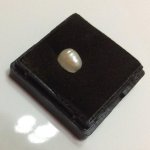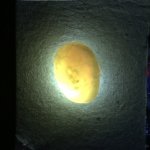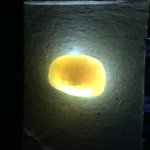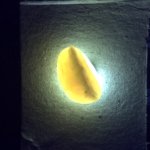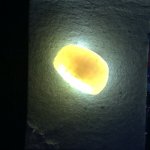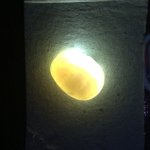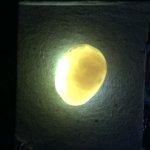perlas
New Member
- Joined
- May 10, 2006
- Messages
- 659
I rummaged through the stuffs of a gem trader's shop in Thailand amongst rubies and sapphires and found a pearl in a small box. I was informed that it is a natural pearl from the Andaman Sea from Phuket which they had 20 years ago. Judging from how old the looks of the box is and the willingness of the shop who has a gemologist to certify via their store certificate as natural seawater pearl, I took it., as it didn't really cost so much. It's pretty small with decent luster at 8mm X 8.64mm X 4.91mm, 2.76cts.
I am not a collector of natural pearls and have not really seen much of them in person but I know the Andaman sea could host Pteria Penguin and Pinctadas.....but anyone has a clue by the look of the pearl on possible mollusk? The shop owner pointed to me at a golden winged oyster display with some mabes still on it but the pearl is white with very little cream color.
Any thoughts? It could turn out to be a cultured keshi and could send it to a lab but thought to turn it to a ring instead.
Here are the photos. Last photo I placed a PP white Tahitian strand and a creamy Indonesian SSP strand for color comparison.
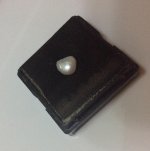
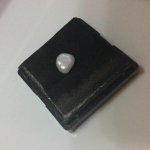
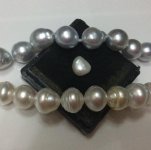
I am not a collector of natural pearls and have not really seen much of them in person but I know the Andaman sea could host Pteria Penguin and Pinctadas.....but anyone has a clue by the look of the pearl on possible mollusk? The shop owner pointed to me at a golden winged oyster display with some mabes still on it but the pearl is white with very little cream color.
Any thoughts? It could turn out to be a cultured keshi and could send it to a lab but thought to turn it to a ring instead.
Here are the photos. Last photo I placed a PP white Tahitian strand and a creamy Indonesian SSP strand for color comparison.




